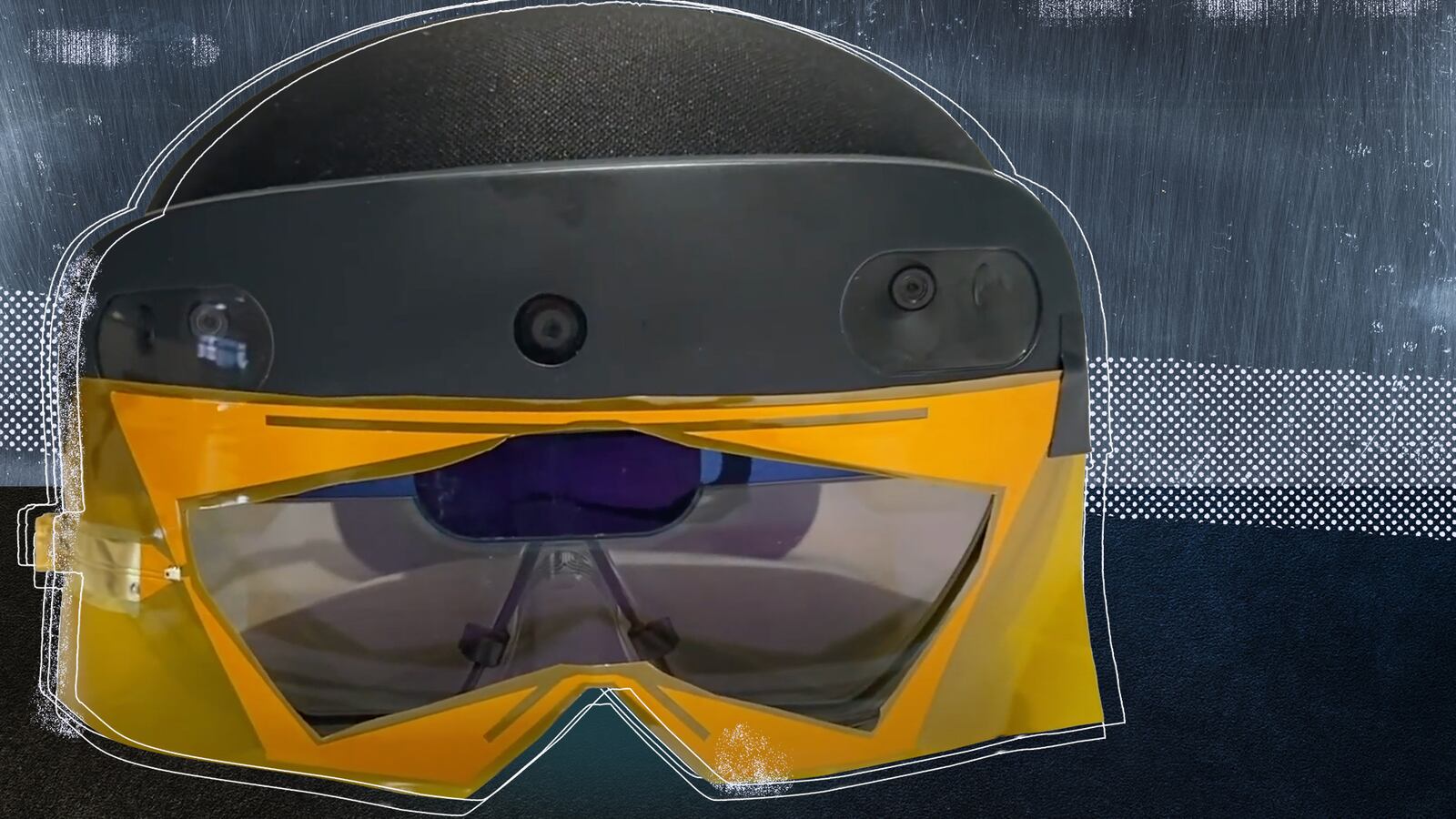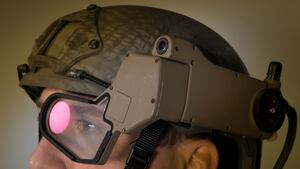Fellow sci-fi geeks, rejoice! X-ray specs are no longer just for movies, TV shows, and old school comic book advertisements.
MIT engineers have now developed a headset that they say gives the wearer the ability to see through objects. The device—dubbed X-AR—uses augmented reality (AR) to show users if specific items are hidden behind things like boxes or other objects.
It’s not exactly X-ray vision. Instead, the headset uses radio signals to pick up on labels with a radio frequency identification (RFID) tag on them. However, these labels allow the headset to identify what the object is, and show it to the wearer on the visual display.
If you’re hoping you can use this thing to spy people, you’re out of luck (also, get help). This device is intended to assist workers in places like e-commerce warehouses and retail stores to quickly find and identify objects. It can also help technicians find tools and items they need to assemble products. The team behind the device released a paper of their findings on Feb. 27 and will present it at the USENIX Symposium on Networked Systems Design and Implementation in April 2023.
“Our whole goal with this project was to build an augmented reality system that allows you to see things that are invisible—things that are in boxes or around corners—and in doing so, it can guide you toward them and truly allow you to see the physical world in ways that were not possible before,” Fadel Adib, an associate professor of electrical engineering and computer science at MIT and senior author of the paper, said in a statement.
When the user dons the X-AR, they’re able to see their normal environment around them. However, there’s also a digital layer that allows them to find an item with an RFID label that identifies they’re looking for. They just have to use a menu to select the object in a database, and then the X-AR will show them where it is in the room.
For example, say you were looking for a specific T-shirt that’s hidden in a box in a storage room. First, you’d select the T-shirt from the database menu. Then, the display shows you where the T-shirt is in the room by marking it with a transparent sphere. In experiments, X-AR was capable of finding items within less than 4 inches of their precise location with 96 percent accuracy.
“We abstracted away all the technical aspects so we can provide a seamless, clear experience for the user, which would be especially important if someone were to put this on in a warehouse environment or in a smart home,” Maisy Lam, a researcher at MIT and co-author of the paper, said in a statement.
The researchers say that the X-AR is just the beginning of advanced wearables. By utilizing different antennas and sensors, these devices can become capable of even more advanced visualizations. That means seeing through walls with something more like the X-ray vision that Superman does is becoming closer to reality.







